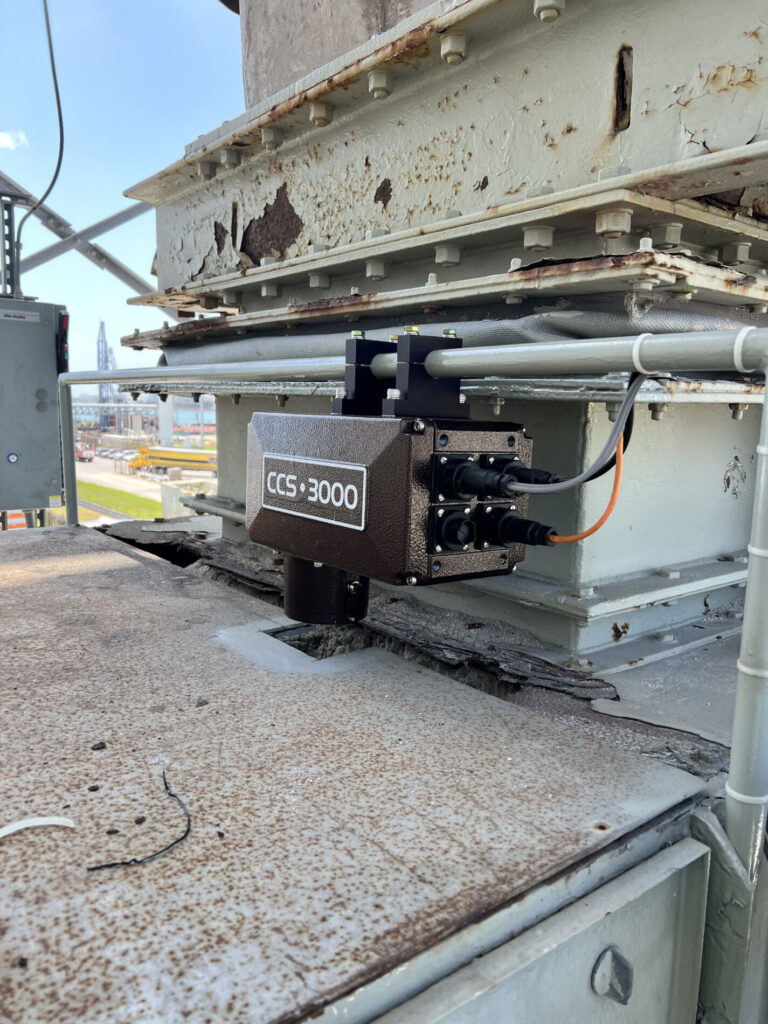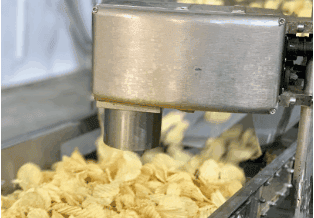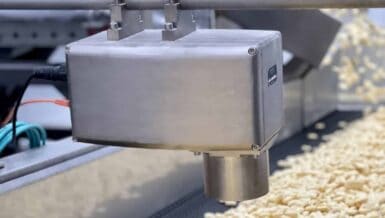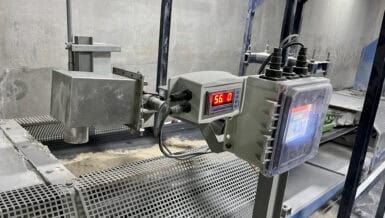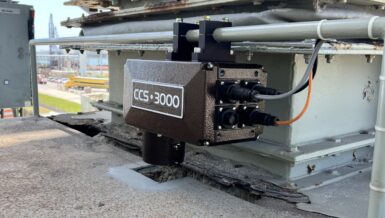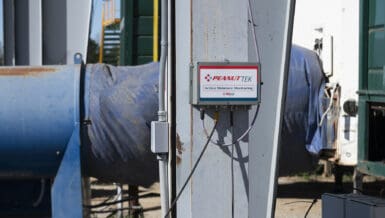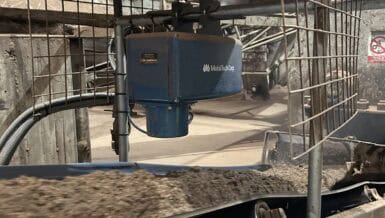As industry expectations rise and product quality standards become more stringent, moisture measurement is no longer a step reserved for lab testing. Instead, it has become an integral part of the production line, helping manufacturers safeguard product quality, boost efficiency, and meet compliance targets.
Why Moisture Monitoring Matters
Moisture plays a key role in determining a product’s texture, weight, stability, shelf life, and even chemical composition. Left unchecked, moisture can compromise product quality, consumer safety, and, as a result, brand reputation. In industries where moisture levels can trigger microbial growth or accelerate spoilage, the stakes are particularly high.
Traditional moisture management methods, such as batch sampling and off-line lab testing, introduce critical delays to the production process. These approaches provide only intermittent, retrospective data that may not accurately reflect the full scope of process variability. As a result, deviations in moisture content may go undetected until well after affected products have progressed through multiple stages of production, leading to costly rework, scrap, or even recalls. On the other hand, to avoid this outcome, manufacturers can tend to overcompensate when moisture levels are detected in the lab, scrapping product that may not have been impacted by the moisture variability.
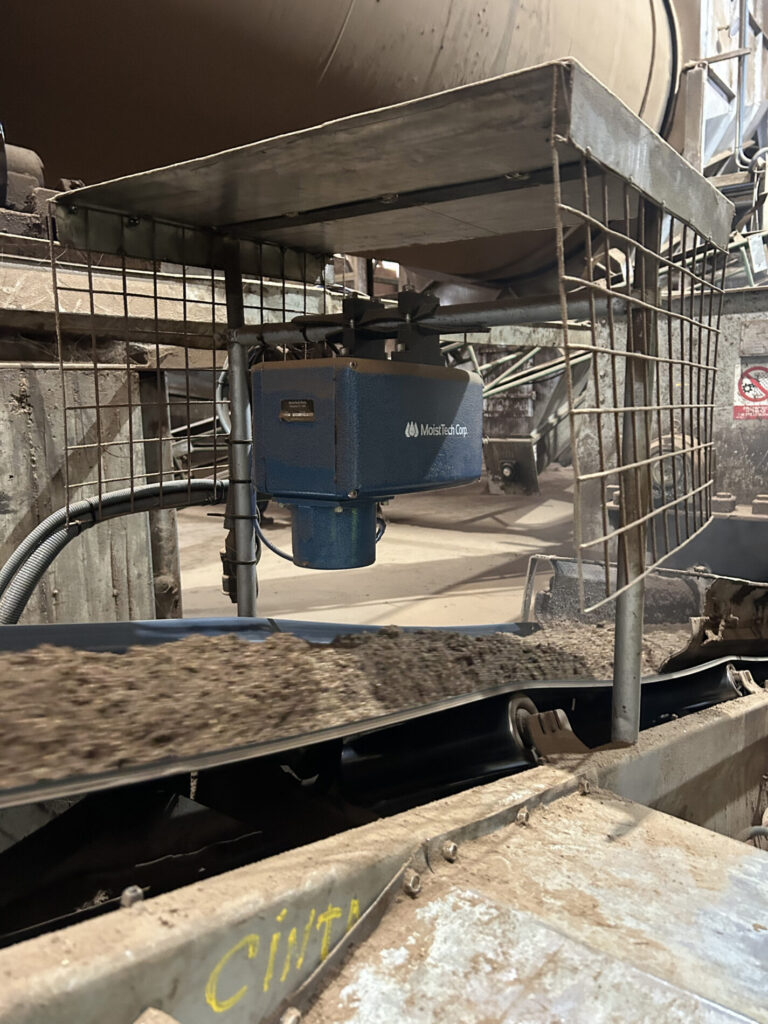
In contrast, continuous moisture monitoring offers immediate, real-time data that empowers operators to make precise, on-the-fly adjustments. By identifying and correcting moisture variations as they occur, manufacturers can isolate and address only the impacted portion of a production run. This targeted response dramatically reduces material waste and ensures that overall quality standards are consistently met.
Additionally, real-time monitoring minimizes energy consumption by helping to optimize drying times and temperatures. Instead of running dryers longer “just in case,” facilities can fine-tune their processes with confidence, conserving both energy and resources. By eliminating unnecessary production steps and reducing time-to-market, continuous moisture monitoring shifts moisture management from a reactive quality assurance measure to a proactive, strategic tool that drives efficiency across the board.
The Hidden Costs of Poor Moisture Management
When moisture management is reactive instead of proactive, the consequences ripple across operations. High energy usage during drying, rework due to off-spec batches, supply chain bottlenecks caused by spoilage or delays, and lost product from moisture-induced defects all contribute to ballooning operational costs.
In some cases, seemingly minor moisture fluctuations can have outsized effects. For example, a 1% increase in moisture content in a pelletized product can raise the amperage load on equipment, reducing throughput or causing a complete equipment shutdown. In high-volume production environments, these deviations compound quickly, impacting both the bottom line and customer satisfaction.
Common Misconceptions Around Moisture Monitoring
A major misconception in the manufacturing world is the belief that all moisture sensors are created equal. While many companies have adopted near-infrared (NIR) technology to track moisture levels, they often overlook the significant performance differences between sensor models, particularly when it comes to long-term accuracy. Older or less sophisticated sensors tend to suffer from calibration drift over time. Much like an analog clock that gradually loses precision, these sensors slowly deviate from their original baseline, delivering increasingly unreliable data as time goes on.
To address this, manufacturers must schedule regular recalibration visits from service technicians, an added layer of maintenance that can interrupt production, increasing labor costs. Even brief periods of inaccurate moisture readings can lead to substandard product quality, inefficient drying processes, or equipment wear. That’s why advanced continuous moisture monitoring systems that resist calibration drift offer such a distinct operational advantage. These systems are engineered for stability and reliability, maintaining accurate performance over years of operation without the need for consistent recalibration. This not only reduces the burden on maintenance teams but also ensures that real-time data can be trusted when making critical process decisions.
Real-Time Consistency, Site to Site
For companies operating multiple facilities, maintaining product consistency across production sites is a constant challenge. Moisture variability between raw material batches, environmental conditions, or processing parameters can easily introduce inconsistencies that undermine brand integrity. With continuous in-line moisture monitoring, manufacturers can standardize moisture levels across sites. By automating adjustments based on real-time data, operators can ensure uniform product quality, reduce waste, and shorten drying cycles regardless of location.
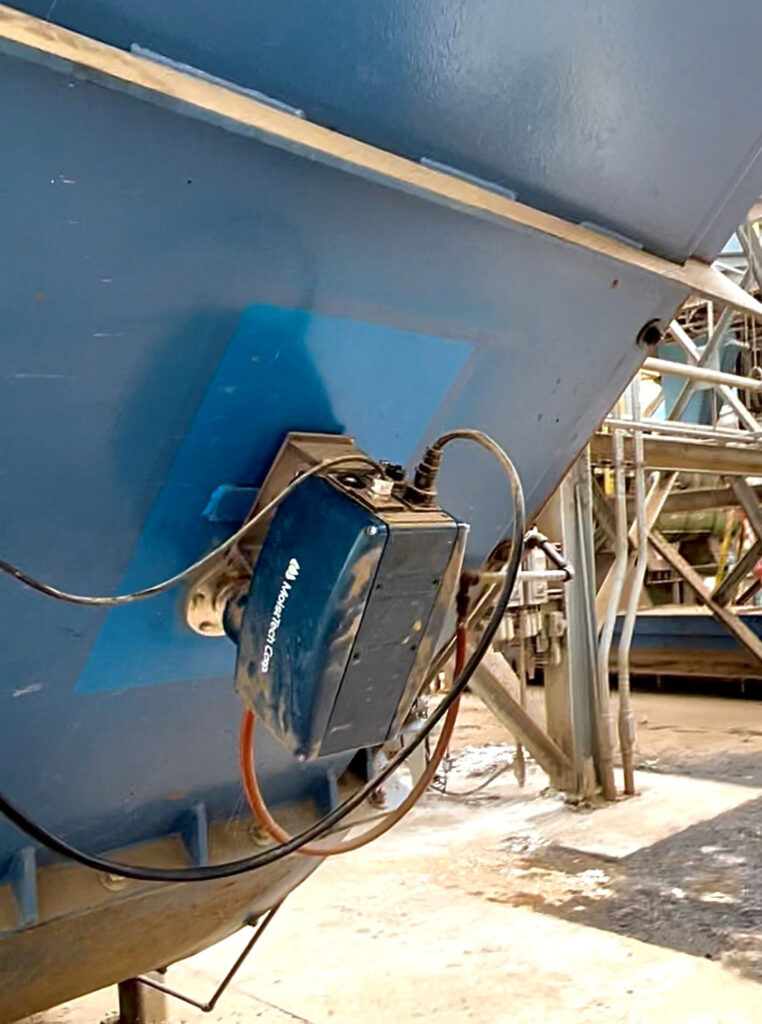
One provider that has helped manufacturers across industries take control of their moisture management is MoistTech. Their NIR-based sensors are known for providing accurate, non-contact moisture readings in real time, without the calibration drift that plagues many other systems. MoistTech sensors are designed to operate continuously for years without recalibration, making them a reliable option for manufacturers seeking long-term process control with minimal maintenance. With a wide array of industry applications, from food and pharmaceuticals to biomass, paper, and bulk solids, their technology has become a trusted solution for organizations looking to boost product quality and reduce costs.
Common Misconceptions Around Moisture Monitoring
A major misconception in the manufacturing world is the belief that all moisture sensors are created equal. While many companies have adopted near-infrared (NIR) technology to track moisture levels, they often overlook the significant performance differences between sensor models, particularly when it comes to long-term accuracy. Older or less sophisticated sensors tend to suffer from calibration drift over time. Much like an analog clock that gradually loses precision, these sensors slowly deviate from their original baseline, delivering increasingly unreliable data as time goes on.
To address this, manufacturers must schedule regular recalibration visits from service technicians, an added layer of maintenance that can interrupt production, increasing labor costs. Even brief periods of inaccurate moisture readings can lead to substandard product quality, inefficient drying processes, or equipment wear. That’s why advanced continuous moisture monitoring systems that resist calibration drift offer such a distinct operational advantage. These systems are engineered for stability and reliability, maintaining accurate performance over years of operation without the need for consistent recalibration. This not only reduces the burden on maintenance teams but also ensures that real-time data can be trusted when making critical process decisions.
Real-Time Consistency, Site to Site
For companies operating multiple facilities, maintaining product consistency across production sites is a constant challenge. Moisture variability between raw material batches, environmental conditions, or processing parameters can easily introduce inconsistencies that undermine brand integrity. With continuous in-line moisture monitoring, manufacturers can standardize moisture levels across sites. By automating adjustments based on real-time data, operators can ensure uniform product quality, reduce waste, and shorten drying cycles regardless of location.
One provider that has helped manufacturers across industries take control of their moisture management is MoistTech. Their NIR-based sensors are known for providing accurate, non-contact moisture readings in real time, without the calibration drift that plagues many other systems. MoistTech sensors are designed to operate continuously for years without recalibration, making them a reliable option for manufacturers seeking long-term process control with minimal maintenance. With a wide array of industry applications, from food and pharmaceuticals to biomass, paper, and bulk solids, their technology has become a trusted solution for organizations looking to boost product quality and reduce costs.
MoistTech Corp


